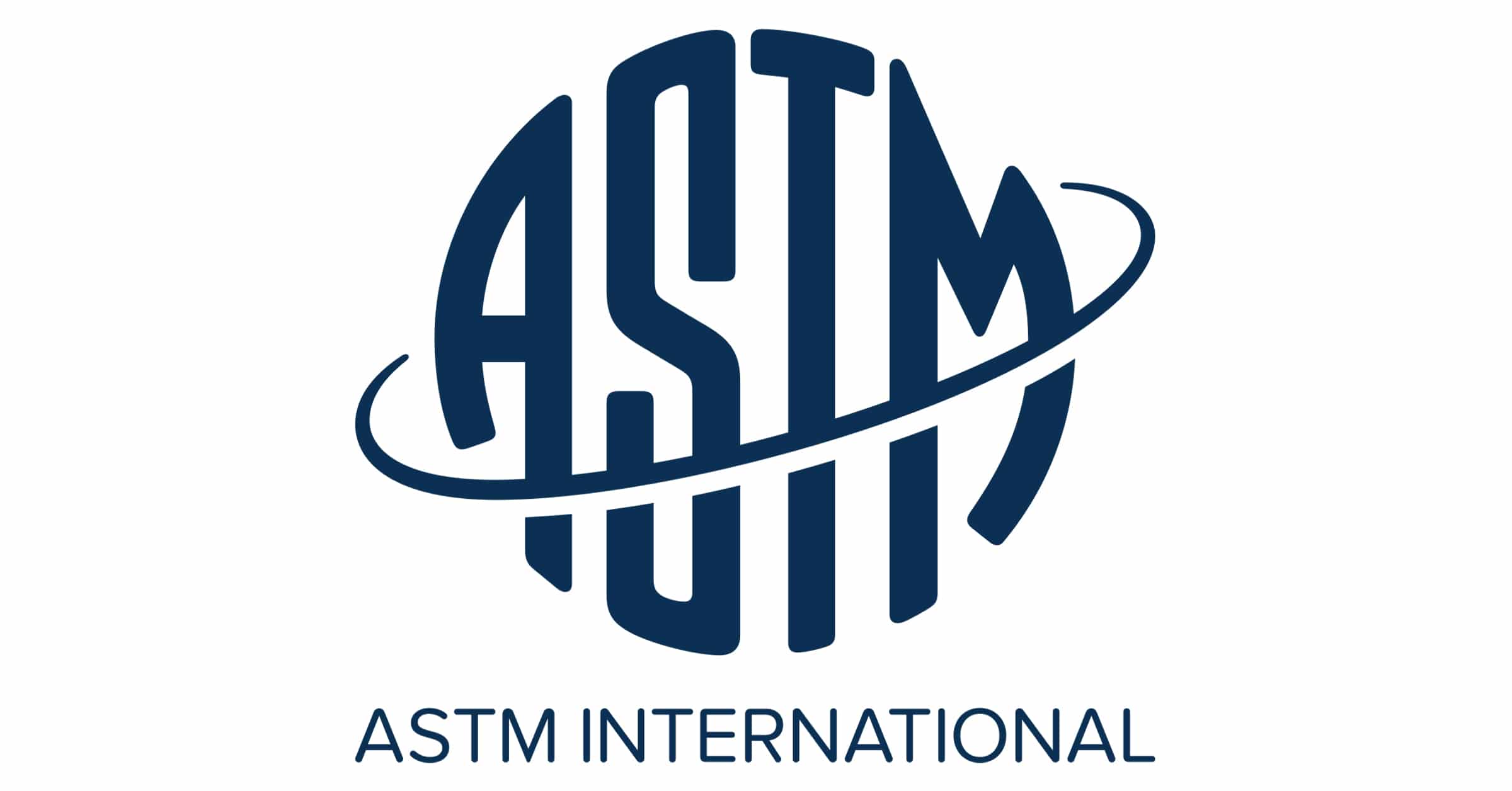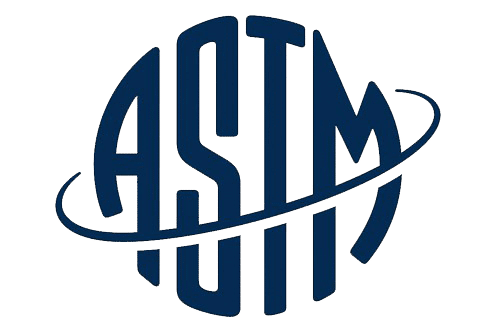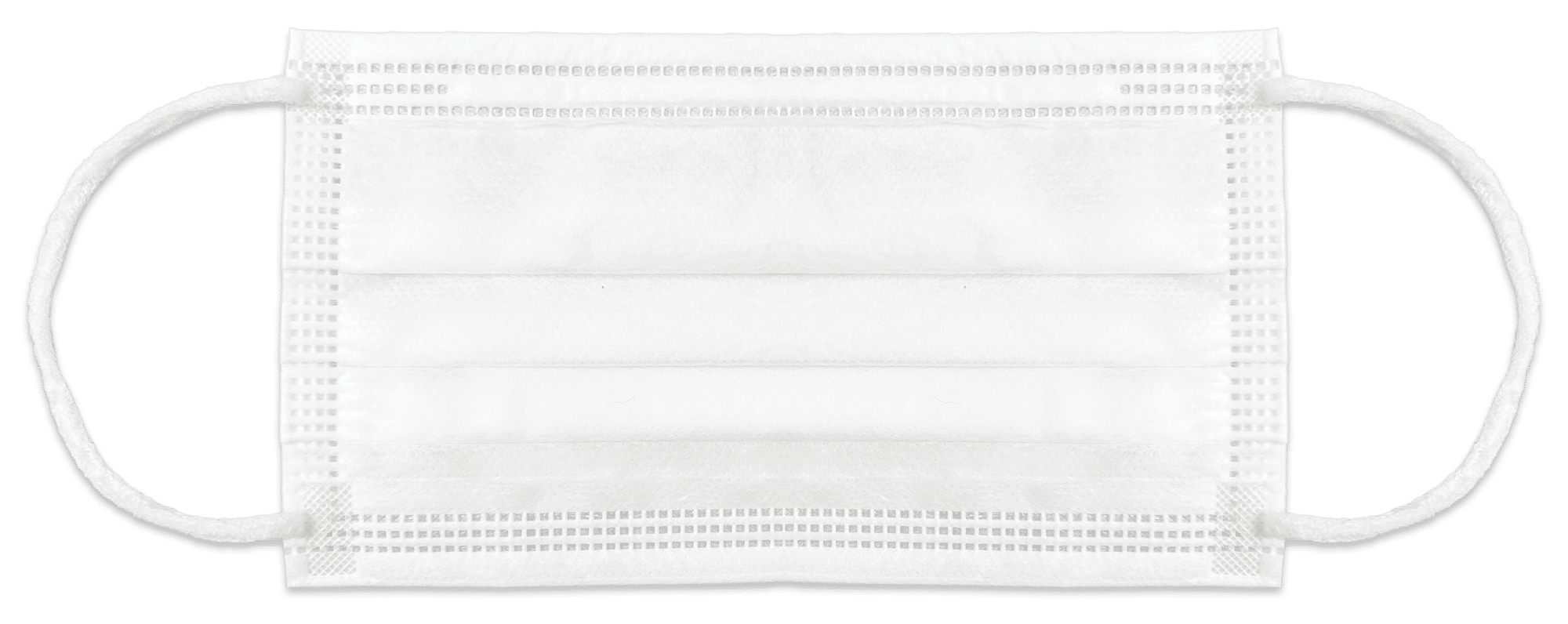
29
Oct
Difference between ASTM level 1, 2, and 3 face masks
2020 will likely be remembered as the year of the face mask. With the Novel Coronavirus (COVID-19) present in practically every part of the world, humanity has been forced to adopt this seemingly simple safety precaution all year round.
Despite their ubiquitousness, many people still do not know of the different masks available and the differences between them. Selecting the right astm level mask is a crucial part of the fight against this disease.
What many do not know is there are many masks sold that offer little to no protection.
Why is the type of face mask important?
Although a regular face mask can be less effective in protecting the wearer from being infected, a good mask will prevent large droplets from being spread by someone who has the virus.
This makes it an essential measure that curbs the spread of COVID-19.
However, if you are wearing a mask that does not adequately prohibit the transmission of these droplets, you may be unknowingly contributing to the spread of the Coronavirus.
This raises the obvious question of which mask to buy.
To answer this, you must understand the differences between the various masks and the level of protection, or lack thereof, each of them offers.
It is not recommended that you purchase the cheapest, most convenient mask available to you without being are aware of its protection level.
When choosing a mask, it’s important to consider the safety standards it meets. The best measure of this is by looking at and understanding the ASTM grade.
What is ASTM?
The ASTM is the American Society of Testing and Materials. It is an international organization that defines and sets technical standards for a wide range of systems, services, and materials.

With regard to face masks, the ASTM tests numerous parameters before assigning a performance rating. These ratings correspond to an ASTM level.
Before considering the level of a mask, it is necessary to understand what factors the ASTM tests and considers when giving a rating.
What is a mask’s performance based on?
-
Flammability
Also known as flame spread, this tests how likely the material is to burn and spread flames.
-
Breathability
This test measures the resistance to airflow. Meaning, a lower breathing resistance corresponds to lower filtration but greater comfort in breathing.
-
Particulate Filtration (PFE)
This represents the percentage of submicron particles filtered at 0.1 microns by the mask. This shows the efficiency of the mask to filter particles that pass through it.
-
Bacterial Filtration Efficiency (BFE)
This tests measures what percentage of bacteria at a size of 3 microns are filtered by the mask. This determines how efficient the mask is at bacteria filtration.
-
Fluid Resistance
This test checks the ability of the mask’s material to minimize fluids from traveling from the material and coming into contact with the wearer. The higher the fluid resistance, the greater the protection
ASTM International considers the aforementioned performance tests when rating a mask’s performance. There are three numerical ratings they assign which can be summarized as the following:
-
ASTM Level 1 – Low barrier protection
-
Level 2 – Moderate barrier protection
-
Level 3 – Maximum barrier protection
What are the differences between the ASTM level masks?
The following table shows how the performance metric for each level varies:
ASTM F2100-11 STANDARDS
Test |
ASTM Level 1 |
Level 2 |
Level 3 |
Fluid Resistance (mmHg) |
80 |
120 |
160 |
BFE |
≥ 95% |
≥ 98% |
≥ 98% |
PFE (@ 0.1 micron) |
≥ 95% |
≥ 98% |
≥ 98% |
Breathability (mm H2O) |
< 4.0 |
< 5.0 |
< 5.0 |
Flammability |
Class 1 |
Class 1 |
Class 1 |
If affordability, availability, and breathability are not a major concern, it is advised to wear a level 3 mask when you can.
Level 2 and 3 Masks
If you are at a higher risk of being exposed to COVID-19 or more importantly, have been infected, the ASTM level 2 or 3 masks should be worn.
These will offer the best protection to others from the Coronavirus and ensure you are not cross-contaminating, provided you keep a reasonable distance from others.
Therefore, when you are not at a high risk of being exposed or exposing others to the virus, the first level will suffice. This mask also provides the best breathability of all the levels, making it an ideal “everyday” mask.
Compared to non-graded options such as homemade cotton masks, the ASTM level 1 mask will be far more adept at reducing the spread of disease by preventing the spray of aerosols from the wearer.
ASTM Level 1 Mask
While the difference in ASTM levels may be confusing, there is good news! Even the level 1 masks provide a reasonable degree of protection against COVID-19.
If there is no mention of such details, the mask is likely not graded and does not offer adequate protection.
How do I know the ASTM level of a mask?
When purchasing a mask, look at the box to find information regarding the ASTM level, fluid resistance, or other performance metrics similar to the ASTM F2100-11 Standards mentioned before.

